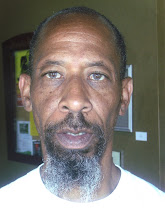Overview of Homelessness
| About one-third of the adult homeless population have served their country in the Armed Services. Current population estimates suggest that about 131,000 Veterans (male and female) are homeless on any given night and perhaps twice as many experience homelessness at some point during the course of a year. Many other Veterans are considered near homeless or at risk because of their poverty, lack of support from family and friends, and dismal living conditions in cheap hotels or in overcrowded or substandard housing. Right now, the number of homeless male and female Vietnam era Veterans is greater than the number of service persons who died during that war -- and a small number of Desert Storm veterans are also appearing in the homeless population. Although many homeless Veterans served in combat in Vietnam and suffer from PTSD, at this time, epidemiologic studies do not suggest that there is a causal connection between military service, service in Vietnam, or exposure to combat and homelessness among Veterans. Family background, access to support from family and friends, and various personal characteristics (rather than military service) seem to be the stronger indicators of risk of homelessness. Almost all homeless Veterans are male (about three percent are women), the vast majority are single, and most come from poor, disadvantaged backgrounds. Homeless Veterans tend to be older and more educated than homeless non-Veterans. But similar to the general population of homeless adult males, about 45% of homeless Veterans suffer from mental illness and (with considerable overlap) slightly more than 70% suffer from alcohol or other drug abuse problems. Roughly 56% are African American or Hispanic. |

No comments:
Post a Comment